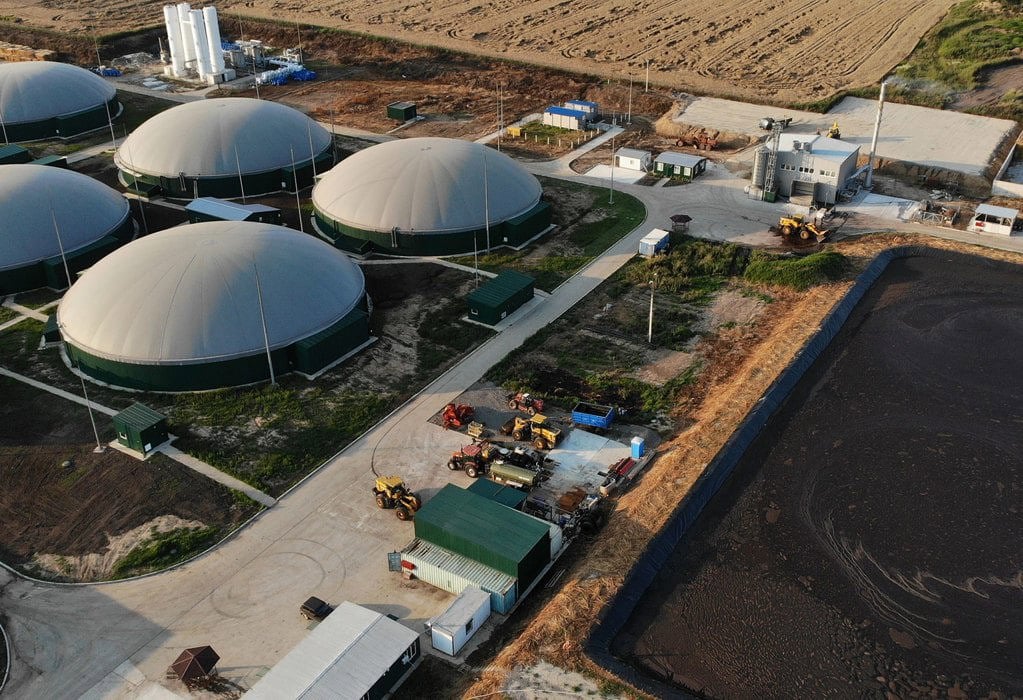
From transition fuel to a fuel in transition
Developing a renewable gas sector can help to provide additional energy solutions for manufacturers, commercial businesses as well as hard to abate sectors into the future. Renewable gas, like biomethane, can be used in existing infrastructure, appliances, equipment and industrial processes, helping to improve energy transition efficiencies, reduce costs and disruption, while continuing to offer choice and energy security.
Watch ‘Fuel For Thought’ Docuseries
What if waste could help fuel entire factories and industries? Well, it already is around the world in places like Europe, the UK and USA. Fuel for Thought unpacks the hidden potential of low emission renewable gas, like biomethane - an energy solution that brings circular economy benefits by capturing value from what usually gets thrown away.




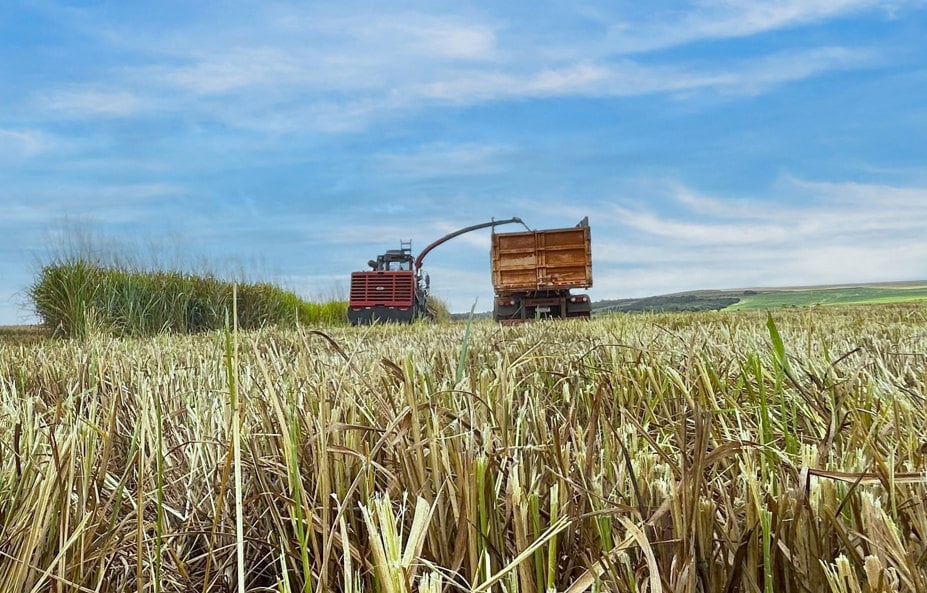
Renewable Gas...
Part of the big picture
Millions of Australian households and businesses rely on gas for cooking, heating, and hot water. Many manufacturers also depend on gas for high-heat and firming processes, and will do for years to come. Renewable gas could be the solution to help industries and hard-to-abate businesses to decarbonise efficiently. As the energy landscape evolves, gas itself is also changing, with renewable gases like biomethane being developed as part of the future energy mix. As demonstrated overseas in places like Europe, UK and USA, creating more sustainable energy solutions, not less, is the key to success.
Renewable Gas is here. Now.
Renewable gas is being used with great success overseas. Many countries are already using renewable gas to provide sustainable, reliable solutions as part of their energy mix.
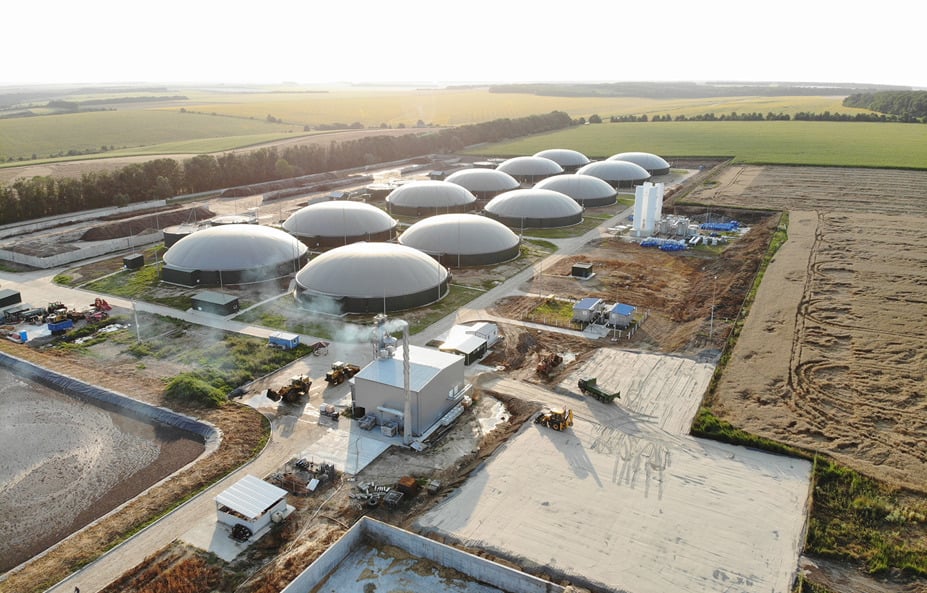
Germany
In Germany, there are around 10,000 biogas plants which power 9.5 million houses. The industry provides 50,000 people with sustainable jobs and a sales volume of $13 billion Euros a year.
*Source: German Biogas Association
China
China is the world’s biggest user and producer of hydrogen. It’s now scaling up its renewable hydrogen production to decarbonise its steel and chemical industries. China is building the world’s largest hydrogen project. It’s expected to reduce carbon emissions by 1.43 million tonnes per year - that’s equivalent to planting 825,000 trees.
*Source: China Petroleum & Chemical Corporation
Denmark
In Denmark, biomethane now makes up around 40 per cent of the gas network supply, and Energinet, the Danish network operator, estimates they will reach 100 per cent biomethane by 2030-2034.
*Source: European Biogas Association Dec 2023
United States
The U.S. has more than 2,300 biogas production facilities, including 475 farms, over 1200 wastewater treatment facilities, 97 systems that digest food scraps and over 540 landfill gas sites. More than 500 biomethane facilities across 31 states are now injecting into gas networks or generating power for the grid.
*Source: American Biogas Council, US EPA and LMS Energy
France
France is a leader in biomethane, with over 720 sites already in operation and two more connecting to their gas network each week. They plan to quadruple output to meet a target for renewable gas to supply 10% of total gas use by 2030. The French Environment and Energy Management Agency projects biomethane could reach 56% of total gas distribution by 2050. Additionally, GRDF estimates the biomethane sector might create over 15,000 jobs in the coming years.
*Source: European Biogas Association; Gas Distributors for Sustainability (GD4S)
UK
UK gas companies are blending up to 20% green hydrogen into natural gas pipe networks to some residential and industrial customers, and trialling 100% green hydrogen in selected areas, like the H100 Fife project.
The UK government has also introduced the Green Gas Support Scheme (GGSS) that provides incentives for biomethane production and grid injection.
*Source: SGN UK
Two main types of Renewable Gas
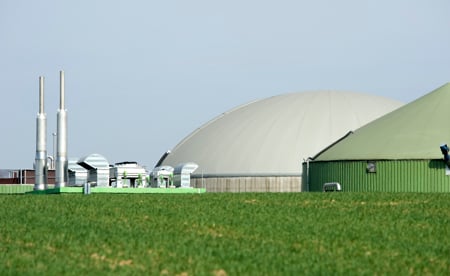
Biomethane is made by capturing biogas from decomposing organic waste, like food waste, agri-waste and wastewater. The biomethane production process reduces waste to landfill, and can help us to lower emissions one flush at a time! But don’t worry, it smells and looks the same as the gas you use now.

Renewable hydrogen can be produced when renewable electricity, or certified renewable electricity, is used to split water into hydrogen and oxygen through a process called 'electrolysis'. The only outputs from hydrogen, when used for energy, are heat and water vapours.
News & Research
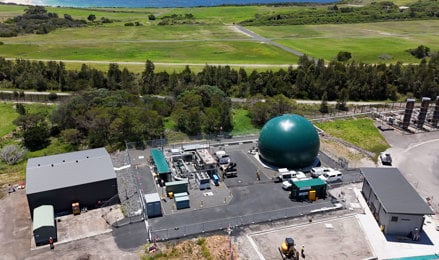
Forbes Australia: Rethinking The Energy Transition
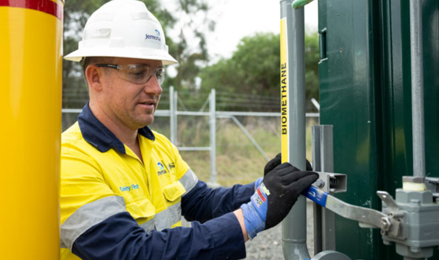
Renewable gas: helping to pave a decarbonisation pathway for Australia’s heavy industries





